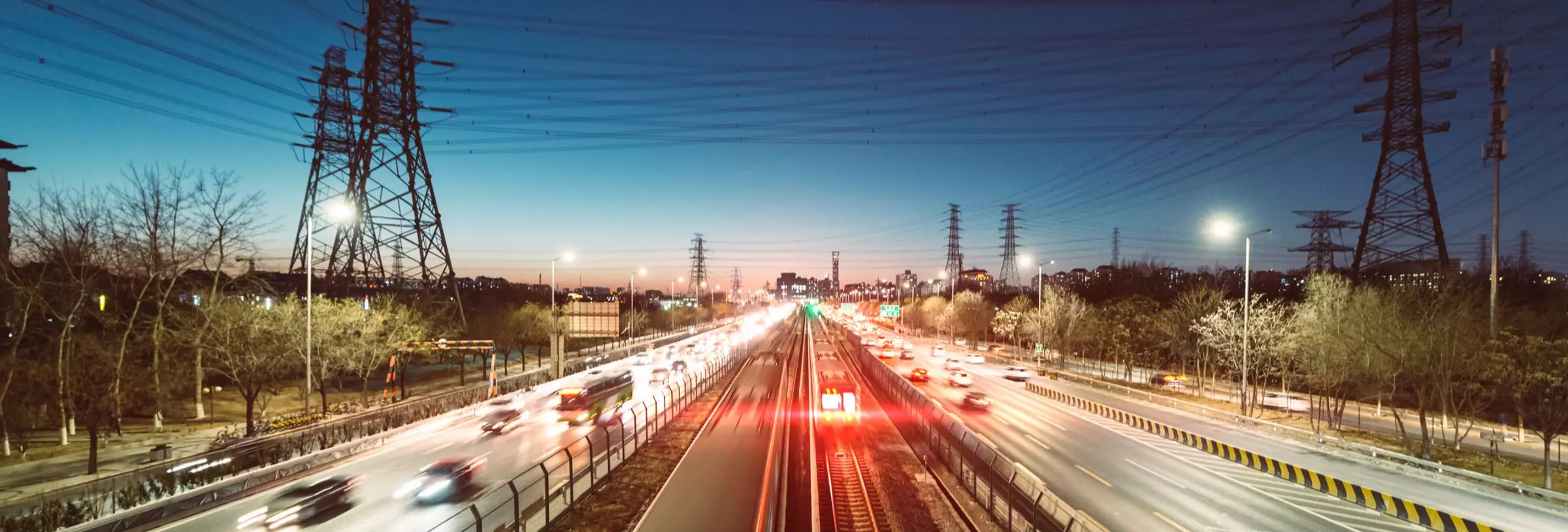
We recently detailed Assembly Bill 254, which overhauls California’s approach to wildfires. In addition to promoting new transmission facilities, replenishing the wildfire fund, streamlining the siting process and exempting underground plans, there was a notable addition that has not received as much attention: the Natural Catastrophe Resilience Study. There’s a great article by Travis Ritchie, California Wonders if it is Doing Wildfire Risk All Wrong, that covers this topic. In particular, he notes that utilities in California are vulnerable to wildfire liability because of California’s unique application of inverse condemnation law, particularly to utilities and irrespective of negligence.
Because of inverse condemnation law, and the potential exposure created as climate change continues to increase the frequency and severity of natural disasters, AB 254 provides that the California Wildfire Fund Administrator (housed inside the California Earthquake Authority) must provide a report to the Legislature by April 1, 2026 that: “evaluates and sets forth recommendations on new models or approaches that mitigate damage, accelerate recovery, and responsibly and equitably allocate the burdens from natural catastrophes, including catastrophic wildfires, earthquakes, and other natural disasters, across stakeholders, including insurers, communities, homeowners, landowners, governments, electrical corporations, and local publicly owned electric utilities, to complement or replace the fund.”
In addition to looking at property insurance affordability, vegetation management, and other safety protocols, the Study is also to evaluate “alternative structures to socialize risk of damage from natural catastrophes, including catastrophic wildfires, that most efficiently and expeditiously compensate those harmed while maintaining accessibility to property insurance and access to safe, affordable, and reliable energy for Californians.” How should we deal with these risks as climate catastrophes continue while balancing electric affordability, insurance affordability, and housing affordability? And does this open the door for the Administrator to consider reform to inverse condemnation liability?
Submissions are due by December 12, 2025, so it will be interesting to see what ideas are submitted. We’ve been working with water industry groups to tackle potential solutions.
- Partner
Brad Kuhn, chair of Nossaman's Eminent Domain & Inverse Condemnation Group, is a nationally-recognized leader in the areas of eminent domain/inverse condemnation, land use/zoning and other property and business disputes. Brad ...
Eminent Domain Report is a one-stop resource for everything new and noteworthy in eminent domain. We cover all aspects of eminent domain, including condemnation, inverse condemnation and regulatory takings. We also keep track of current cases, project announcements, budget issues, legislative reform efforts and report on all major eminent domain conferences and seminars in the United States.
Stay Connected
 RSS Feed
RSS Feed
Categories
- Administration
- Appraisal
- Arizona
- California
- CLIMATE CHANGE
- CONGRESS
- Construction
- Court Decisions
- Energy & Utilities
- Environmental Law
- EPA
- Events
- FAQs
- Goodwill
- GOVERNMENT ADMINISTRATION
- Inverse Condemnation & Regulatory Takings
- Land Use Planning
- Lawsuit
- New Legislation
- Possession
- Projects
- Public Agency Law
- Public Policy
- Publications
- Real Estate and Property Rights
- Redevelopment
- Regulatory Reform and Proposed Rules
- Right to Take
- Right-of-Way
- Seminars
- Speaking Engagements and Presentations
- Texas
- trial
- Valuation
- Videos
- Water
- Wildfire Management

